#Akademie der bildenden Künste
Explore tagged Tumblr posts
Text
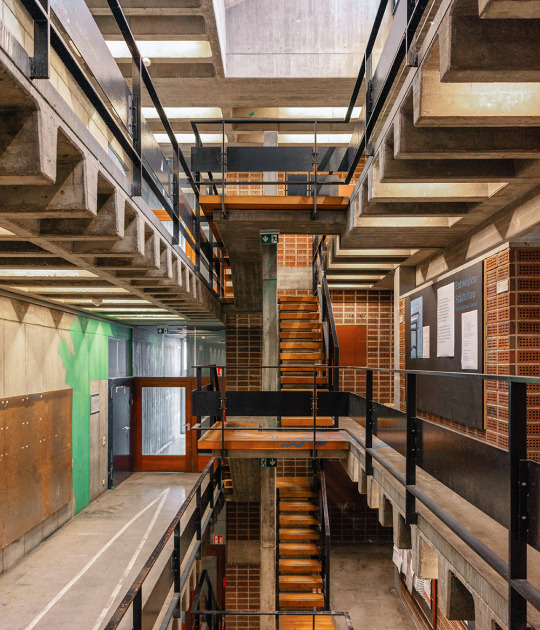
Staircase, Neubau 1, Akademie der Bildenden Künste, Stuttgart. Architects: Manfred Aichele, Peter Schenk. Photo: Matthias Heiderich
#Stuttgart#architecture#brutal architecture#akademie der bildenden künste#architecture photography#photography
804 notes
·
View notes
Photo
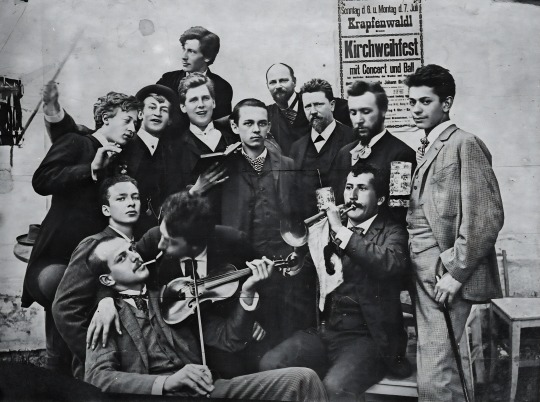
Anonymous. The class of Griepenkerl (Akademie der bildenden Künste). 1890
Follow my new AI-related project «Collective memories»
#BW#Black and White#Preto e Branco#Noir et Blanc#黒と白#Schwarzweiß#retro#vintage#Anonymous#Griepenkerl#Akademie der bildenden Künste#1890#19th Century#musicians
74 notes
·
View notes
Text
BKV-Preis 2024 für Junges Kunsthandwerk: die PreisträgerInnen
Der 2006 erstmals ausgelobte BKV-Preis für Junges Kunsthandwerk findet in diesem Jahr zum achtzehnten Mal statt. Aus insgesamt 66 Einreichungen, die in diesem Jahr aus 16 Ländern eingingen, ermittelte die Jury drei Preisträger und zwei Belobigungen. Die Preisverleihung fand am Samstag, 2. März 2024, um 14 Uhr auf der Bühne der Internationalen Handwerksmesse IHM, Halle B 1, statt. Zhipeng Wang,…
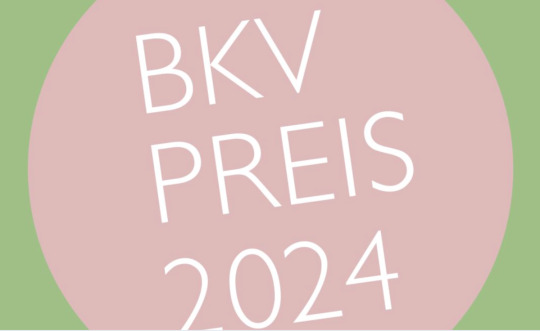
View On WordPress
#Akademie der Bildenden Künste#angewandte Kunst#Anna Avits#Antonia Voit#Arnoldsche Art Publisher#Bayerischer Kunstgewerbe Verein#Bayerischer Rundfunk#Capriccio#Dirk Allgaier#Esther Gleuwitz#Gisbert stach#Gold#Gummireifen#Handwerk#Handwerkskunst#Innovation#Keramik#Kunst#Kunsthandwerk#Lingjie Wang#München#Münchner Stadtmuseum#Nürnberg#Philsoo Heo#Pilz#Schmuck#Schnuppe von Gwinner#Silber#Simon Emmerlich#Suska Mackert
0 notes
Text
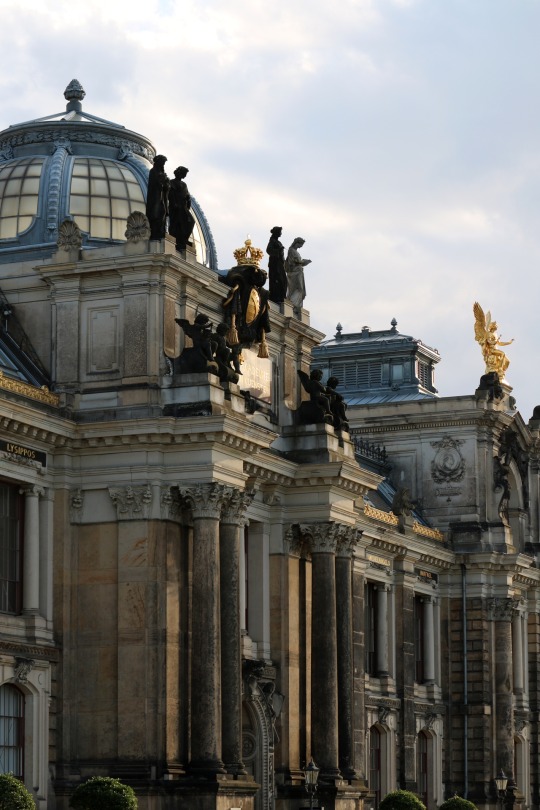
Hello From Dresden, Germany!
#photographers on tumblr#architecture#vintage#dresden#germany#staatliche akademie der bildenden künste#art#statues#hello from...#vertical#original photographers#original photography
100 notes
·
View notes
Photo
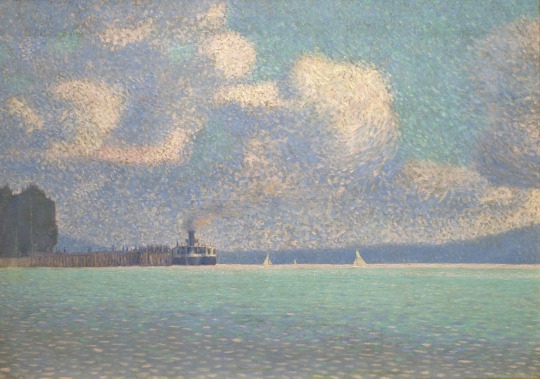
Rudolf JUNK (1880-1943) “Herbstvormittag am Attersee” (1904) “Autumn Morning by Lake Attersee”
Öl auf Leinwand / Oil on Canvas Museum Ortner Wien / Vienna Ausstellung / Exhibition HAGENBUND - Von der gemäßigten zur radikalen Moderne HAGENBUND - From moderate to radical Modernism LEOPOLD MUSEUM Wien / Vienna - 2022/23
#rudolf junk#hagenbund#leopold museum vienna#vienna 1900#wien 1900#akademie der bildenden künste#wien#vienna#junk#attersee#autumn#herbst#museum ortner
7 notes
·
View notes
Text

David Teniers the Younger Witches' Initiation 1647-49 Oil on wood, 48 x 70 cm Akademie der bildenden Künste, Vienna
93 notes
·
View notes
Text
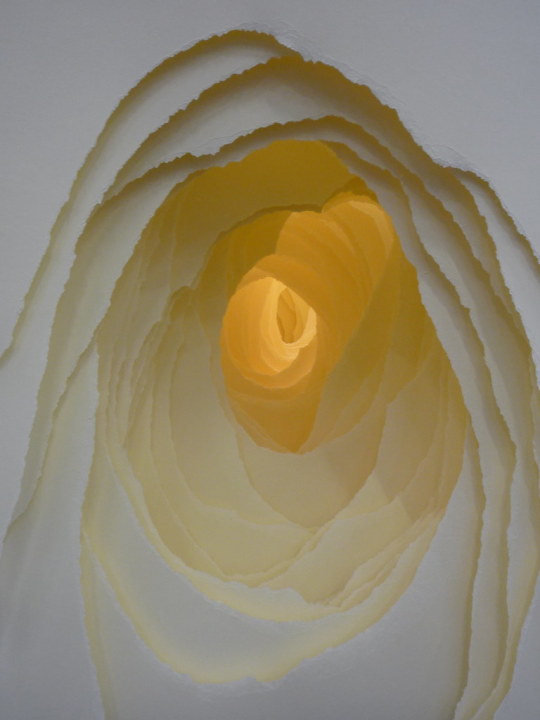
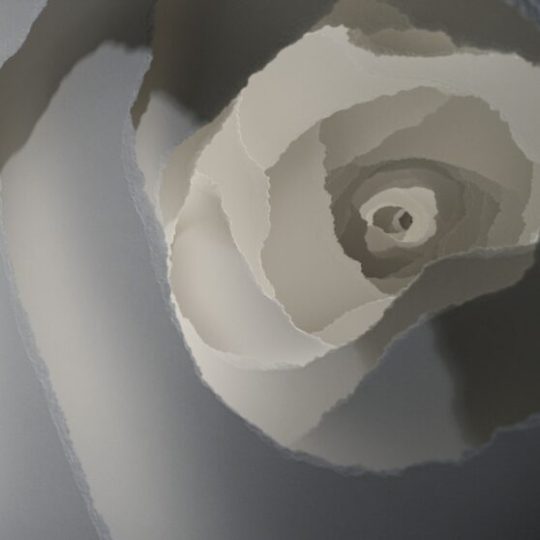
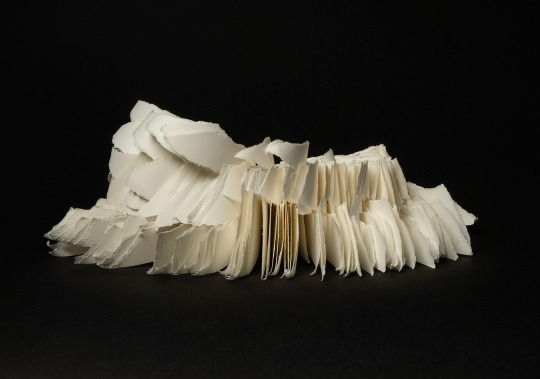
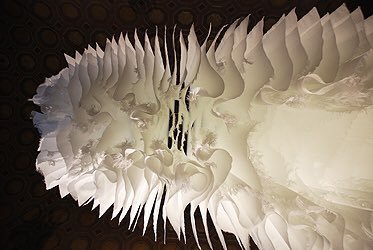
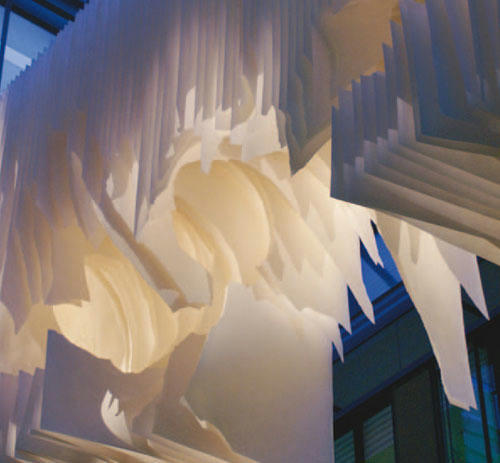
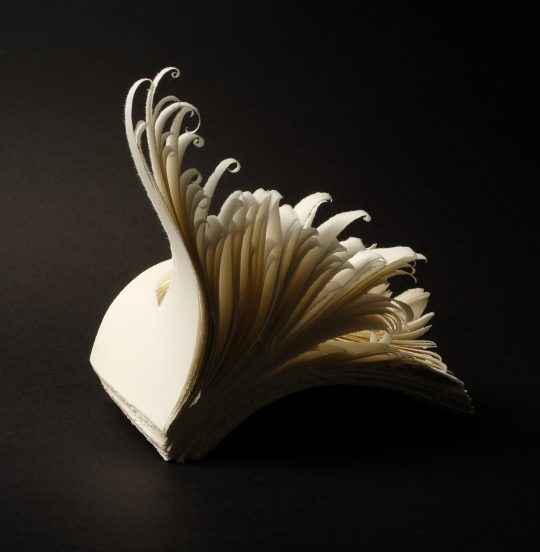
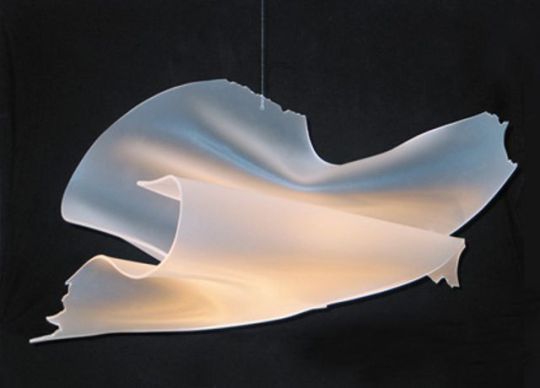

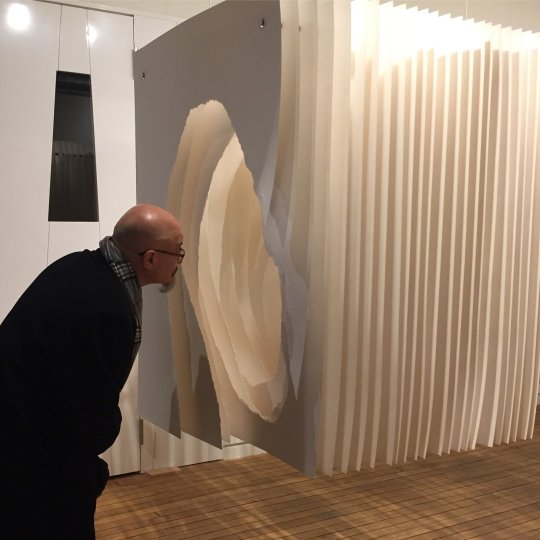
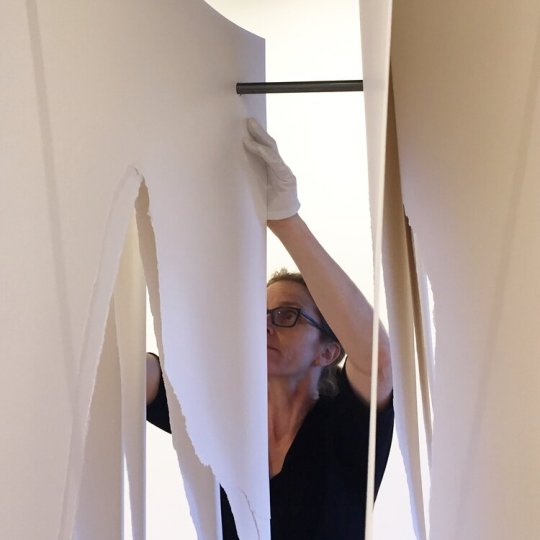
Angela Glajcar, born 1970 in Mainz/Germany
1991–1998 Studied at the Akademie der Bildenden Künste
in Nuremberg in Tim Scott’s class.
"Paper is Glajcar's tool for expressing her thoughts. She subverts tradition and re-constructs the changes in light and shadow and the atmosphere of space through the quality and color of paper works. Not only does it change the way the audience sees it, it also allows the sculpture to show its unique qualities. The hanging paper overlaps continuously and is torn to reveal some of the sections. The light refracts along the cracks, creating a dramatic light and shadow effect on the edges and surface of the paper." From https://www.adaymag.com/.../angela-glajcar-bluerider-art...
74 notes
·
View notes
Text


In the years following the end of WWII the painter Ernst Geitlinger (1895-1972) was one of the spearheads of abstraction in Southern Germany. From 1951 on he was professor at Akademie der Bildenden Künste Munich and as such influenced countless students with his open-minded approach towards art. This open-mindedness might well be based on Geitlinger's years in New York between 1913 and 1922 during which he trained as painter and stage designer. In 1922 he returned to Germany and enrolled at Akademie der Bildenden Künste in Munich where he joined the class of expressionist Karl Caspar, the only modern artist at the academy at the time. Geitlinger isn't very successful during these years and also after leaving the academy in 1931 has to take on bread-and-butter jobs to earn a living. With the coming to power of the Nazis in 1933 Geitlinger contemplates a possible emigration to the US, USSR or Columbia and sees his paintings removed from exhibitions. Ultimately he stays in Germany, paints in secrecy and takes on unskilled jobs. So Geitlinger's career actually took flight after 1945 when he joins a number of associations and as unburdened artist receives the opportunity to exhibit his works. During his years as professor at AdBK Munich he's among the academy's most popular staff members, a fact that in 1983 finds expression in the Ernst Geitlinger Gesellschaft, established by former students.
In 1991 the latter edited Geitlinger's work catalogue containing the entirety of his paintings and works on paper from 1924 on. These works show an artist who until the late 1940s remains indebted to German Expressionism and influences of Picasso, Chagall or Wols. From the 1950s on Geitlinger's work shows a more geometric leaning, certainly influenced by Matisse's cut-outs and Léger's bold contours. Although Geitlinger wasn't as successful as his postwar contemporaries (maybe rightly so) it is nonetheless interesting to study an artist who not only influenced his students but was also was to being influenced by other artists and who actively sought to try out their approaches without being entirely imitating.
25 notes
·
View notes
Text

"Ahasuerus at the End of the World" by Adolf Hirémy-Hirschl (1888)
The painting depicts "the Wandering Jew" Ahasuerus, who was cursed with immortality to witness the end of the world according to the legend. The legend began to spread in the 13th century, Europe.
The legend has various versions and in the original, Ahasuerus mocks Jesus on the way to the Crucifixion, thus cursed to wander endlessly until the Second Coming.
The origins of the legend are uncertain, yet widely spread in various languages.
Adolf Hirémy-Hirschl was a well-known Hungarian, Jewish artist, who was especially famous for his historical and mythical paintings. He covered subjects of ancient Rome in many of his works.
He was born 31 January 1860 in Temesvár, at the time a part of Hungary. Later at an early age he went to Vienna to study. He received a scholarship to attend the Akademie der bildenden Künste in 1878. Two years later, he won his first prize with "Farewell: Scene from Hannibal Crossing the Alps", followed in 1882 by a prize that allowed him to travel to Rome. His time there was a major influence on his choice of subject matter.
His heirs kept several of his smaller pieces until the early 1980s, while some of his larger historical paintings sadly have been lost.
#painting#19th century art#art#adolf hiremy hirschl#Ahasuerus#Adolf Hirémy-Hirschl#End of the World#second coming#1888#19th century painting#hungarian artist#mythological art#biblical art
7 notes
·
View notes
Text

Staircase, Neubau 1, Akademie der Bildenden Künste, Stuttgart. Architects: Manfred Aichele, Peter Schenk.
7 notes
·
View notes
Text

Neubau 1, Akademie der Bildenden Künste, Stuttgart. Architects: Manfred Aichele, Peter Schenk. Photo: Matthias Heiderich
#photographers on tumblr#architecture#artists on tumblr#architectural photography#stuttgart#brutalism
504 notes
·
View notes
Text



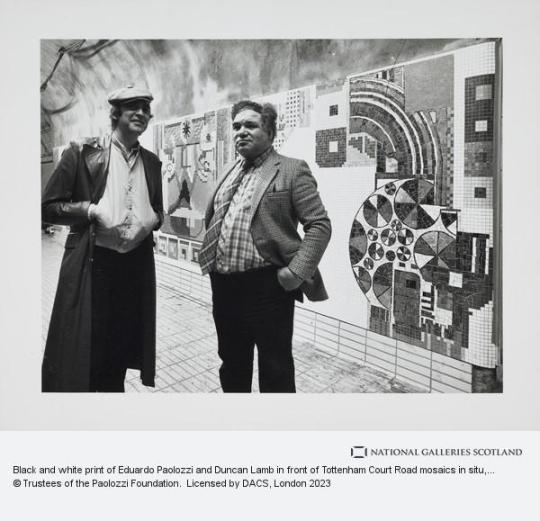

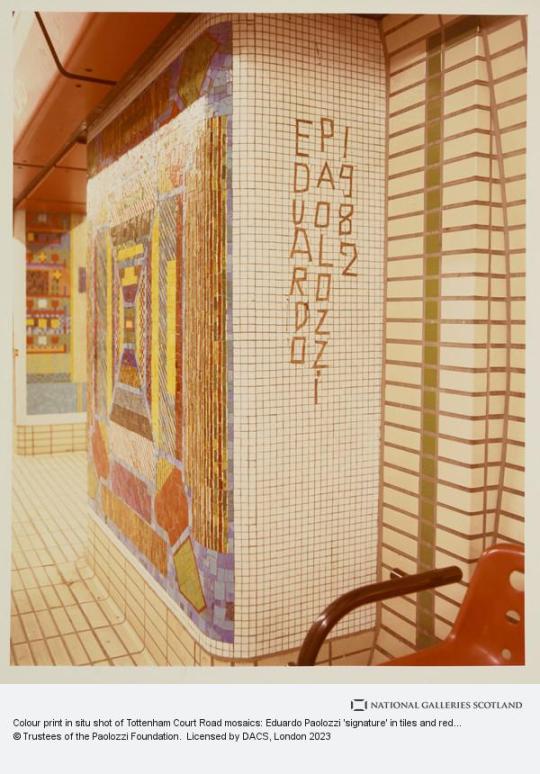
April 22nd 2005 saw the death of the sculptor and artist Eduardo Paolozzi
Paolozzi’s Italian parents ran a small ice cream parlour in Leith, in June 1940, when Italy declared war Eduardo was interned (along with most other Italian men in Britain).During Eduardo’s three-month internment at Saughton prison his father, grandfather and uncle, who had also been detained, were among the 446 Italians who drowned when the ship carrying them to Canada, the Arandora Star, was sunk by a German U-boat.
There is little online about his internment and you wouldn’t have condemned him if he decided to leave Scotland after his release, the words of a Proclaimer’s song always springs to mind when I read about Eduardo Paolozzi, and other Scots=Italians:
Joseph D'Angelo dreams of the days
When Italian kids in the Grassmarket played
We burned out his shop when the boys went to war
But auld Joe's a big man and he forgave all
By the time Eduardo was released it was 1943 and he began attending Edinburgh College of Art before moving to London and feigned madness to secure his release from army duties in order that he could study sculpture at the Slade School of Fine Art from 1944 to 1947.
Paolozzi is widely considered to be one of the first Pop artists and created many collages including the famous ‘I was a rich man’s plaything’ in 1947, which was the first artwork to feature the word ‘Pop’ in it.
After a spell in Paris he returned to London and moved into a studio in Chelsea and by the 1950s was establishing himself as a surrealist artist through a series of screen-prints, pioneering the technique in which each print can have a separate colourway, predating Warhol’s famous prints of the same nature by four years.
In 1968 Paolozzi taught sculpture and ceramics at the University of California, Berkeley. He worked in Berlin from 1974, and was Professor at the Fachhochschule in Cologne from 1977 to 1981. He also later taught at the Akademie der Bildenden Künste in Munich.
Paolozzi might have spent many years away from his home town of Edinburgh but didn’t forget it, he donated a great deal of work to the Scottish National Gallery, who have since displayed a reconstruction of his studio and a large body of his work in the Dean Gallery.
If you have wandered around Edinburgh and visited St Mary’s Catholic Cathedral you will have come across Eduardo Paolozzi statues, “Manuscript of Monte Cassino” which comprises a giant foot and matching hand and ankle. The work was a gift to the city by entrepreneur Tom Farmer, the work is found outside St Mary’s RC Cathedral, I like how the area there has three pieces of art, on the left at Picardy Place you can enjoy a statue of Sherlock Holmes, and on the right you have two giant Giraffes outside the Omni Centre made of scrap metal.
Eduardo Paolozzi suffered a serious stroke in 2001 and he died in a hospital in London in April 2005.
The pics I have chosn are all held by The National Gallery of Scotland, if you like his work you will find loads of it on their website, over 12 hundred are tagged in his name. https://www.nationalgalleries.org/search?search=eduardo%20paolozzi
8 notes
·
View notes
Text
Anmeldung zu "Schmuck" und "Talente"2024: München bis zum 01.10.2023
“Schmuck” und “Talente” sind Sonderschauen der Internationalen Handwerksmesse (IHM) in München. Sie werden im Auftrag der Gesellschaft für Handwerksmessen (GHM) von der Abteilung für Messen und Ausstellungen der Handwerkskammer für München und Oberbayern organisiert. Es handelt sich bei diesen Schauen um einzigartige und hochattraktive Gelegenheiten sich über internationale zeitgenössische…
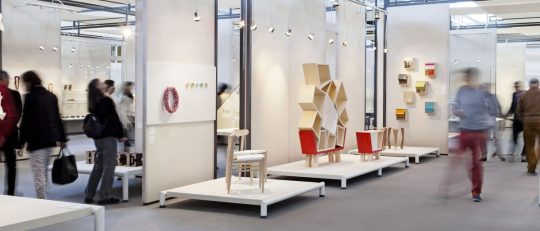
View On WordPress
#Handwerkskunst#Akademie der Bildenden Künste#angewandte Kunst#Bayerischen Staatsministeriums für Wirtschaft und Medien#Benno und Therese Dannerschen Kunstgewerbestiftung#Design#Energie und Technologi#Galerie Handwerk#Handwerk#Handwerkskammer#IHM#Innovation#Inspiration#Internationale Handwerksmesse München#Kaufbeuren-Neugablonz#Keramik#Kunsthandwerk#München#Norman weber#Schmuck#Sonnderschau#Staatliche Berufsfachschule für Glas und Schmuck#Talente
0 notes
Text












The Tellers Auguri
Juergen teller and Dovile Drizyte
Steidl, Göttingen 2022, 17x25cm, 288 pages, 274 images, Hardback, ISBN 978-3-96 999-093-3
euro 45,00
email if you want to buy [email protected]
“We are building our future together” declared Juergen Teller and Dovile Drizyte on their wedding invitation, the words handwritten on a photo of the couple proudly wearing nothing less than safety hats and jackets, as they strike a pose on a construction site. This set the celebratory, irreverent tone for their wedding in Naples, an occasion they ensured was an unforgettable, multi-day experience for their guests, in a city they love for its gritty beauty and the warmth of its people. Auguri is Teller and Drizyte’s uninhibited visual diary of their wedding adventure, from initial location scouting to the welcome party with rooftop dancing overlooking the Bay of Naples and Mount Vesuvius. From the ceremony to the formal dinner―where each lucky guest received an unexpected gift from the bride and groom, a ceramic plate signed and printed with a different motif from the “We are building our future together” series―and the night’s undeniable highlight: a delightfully dirty performance by subversive drag queen Christeene and her band. From the lazy Sunday afterwards, on a local beach with gelati, calamari and ping pong, to the honeymoon in Sicily. Auguri is at once Teller and Drizyte’s personal thank you to their guests, and their tongue-in-cheek tribute to amore in all its vital, unadorned and fabulous forms.
Juergen Teller, born in Erlangen in 1964, studied at the Bayerische Staatslehranstalt für Photographie in Munich. His work has been published in influential magazines such as Vogue, System, i-D, POP and Arena Homme+, and has been the subject of solo exhibitions including those at the Institute of Contemporary Arts in London, the Fondation Cartier pour l’art contemporain in Paris and Martin-Gropius-Bau in Berlin. Teller won the prestigious Citibank Photography Prize in 2003, and from 2014 to 2019 held a professorship at the Akademie der Bildenden Künste Nürnberg. His books with Steidl include Louis XV (2005), Marc Jacobs Advertising, 1998–2009 (2009), Siegerflieger (2015), The Master IV (2019), Handbags (2019), Leben und Tod (2020) and William Eggleston 414 (2020).
27/09/24
3 notes
·
View notes
Photo
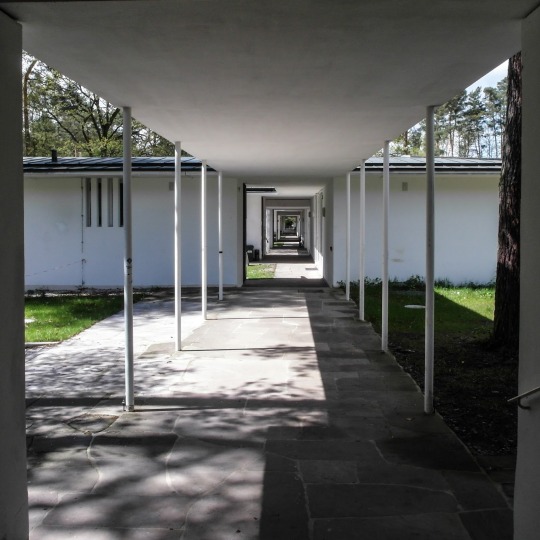
(vía IB LEISER: Projekt: Akademie der bildenden Künste Nürnberg)
15 notes
·
View notes
Text
Fieberträume

© 2012 Jörg Hempel
… der gletscher schob millionen von jahren die geröllmoräne vor sich her, knarzend, blau-schimmernd nur etwas rissig erst — die zig-tonnenschweren findlinge taumeln dumpf, ein menschenleben 3 zentimeter, unsichtbar-erhabene gewalt — längst dreckig-rußig, müde durch wärme und demotivation — das siechenheim namens schmelze gibt geheimnisse aus dem innern frei — gefrorene alpinisten und ihre ausrüstungen, später ganze landstriche — untergrund wird oberfläche — es musste alles genauso sein — aus chaos wird plan, auch wenn es der letzte ist — die geröllhalde bleibt zum ersten mal stehn — stillstand als endpunkt der entwicklung — …

© Akademie der Bildenden Künste in Nürnberg
… — plötzlich im wärmsten abendlicht — golden! — der instituts-campus — wie soll man hier, in den sich den sanften parkhügeln anschmiegenden flachdach-forschungsgebäuden in holz-glasbauweise mit den leicht geneigten und bewachsenen dächern nicht zu erkenntnisdurchbrüchen kommen? — wir sind gerührt von der schönheit sichtbar gewordener freiheit der gedanken, die unendliche inspiration verheißt — plötzlich panikgefühle, weil der an uns vorbeiarbeitende zweischeibenmäher einem sich eben im noch hohen gras verbergenden rehkitz die beinchen mit glasklarem schnitt durchtrennt haben könnte — einen kleinen gefleckten körper jetzt so verstümmelt vorzufinden, würde unsere illustre runde nicht verkraften — die anderen ahnen nichts davon und das ist gut so — …

Südbahn-Hotel Semmering, © 2013 waidwund
… morbide semmering-stimmung, südbahn-hotel als partiell belebter lost place — dunkel gespenstisch bedrückend – [ "seinse bitte vorsichtig mit den adjektiven!" — „nichts da, wir sind hier auf einem micro-blog!“ ] — in einem raum, hohe fenster mit folie abgeklebt, rechts die gigantische dunkel-hölzerne schrank-/regalwand, sitzt SIE! — die sexy junge weiß gekleidete arzthelferin erwartet mich auf einer provisorischen arbeitsplatte sitzend — so warmes lächeln! elektrisierende rettungsinsel in dieser umgebung! — ich gehe auf sie zu, wir scheinen uns zu kennen — unsere köpfe nähern sich und sie sagt etwas vertrautes — mein mund nähert sich provozierend ihrem, sie zaubert daraus einen kurzen, sehr weichen kuss im wrigley's spearmint-aroma — halt halt halt, ihre mutter kann jeden moment auftauchen! — gespielt flüchtig-gegenseitige vorstellung, dann sind beide auch schon wieder weg …
Kottans Nebenhöhlen-Infekt-Fieberträume werden noch zusätzlich gesponsert von der täglichen Amoxi 1000-Gabe – wachsender Papiertaschentuchberg neben dem Bett, der Körper schreit nach Rast, obwohl er nur rumliegt. "Wie fühlte sich Gesundsein an?" Nach mittlerweile gut einer Woche eine ernst gemeinte Frage! .
#dezernat-4#inside kottan#panoptikum#autoren auf tumblr#deutschsprachiger text#deutscher text#fiktion
2 notes
·
View notes